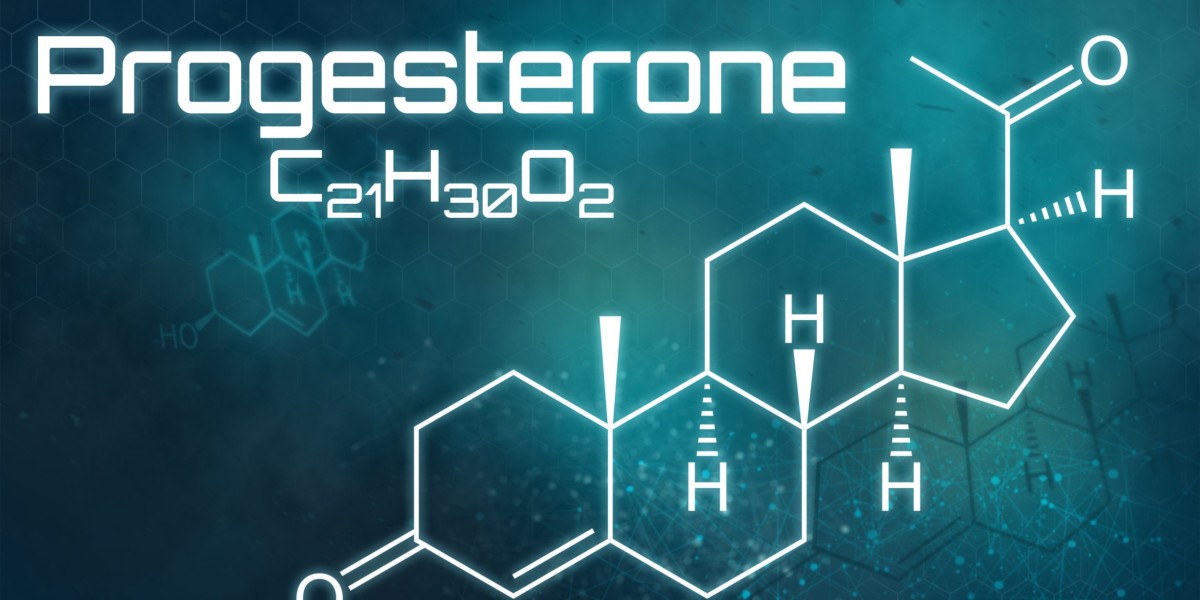In the realm of architectural design, few elements strike the balance between elegance and functionality as gracefully as casement windows. These windows, hinged at the side and operated with a crank mechanism, have traversed centuries, adorning homes, palaces, and modern skyscrapers alike. From their humble beginnings in medieval Europe to their contemporary manifestations in eco-friendly constructions, casement windows have retained their timeless appeal and practicality.
This comprehensive exploration delves into the myriad facets of casement windows, from their historical evolution and architectural significance to their modern-day applications and environmental benefits. We'll uncover the reasons behind their enduring popularity, dissect their structural features, and examine how they seamlessly blend aesthetic charm with functional superiority.
Evolution and Historical Significance:
The origins of casement windows can be traced back to medieval Europe, where they emerged as a practical solution to ventilation and natural light in architectural design. Initially constructed with simple wooden frames and hinged openings, casement windows evolved alongside advancements in glassmaking and architectural engineering.
During the Renaissance period,
casement windows underwent a renaissance of their own, adorning palaces, cathedrals, and grand estates across Europe. Their ornate designs, often featuring intricate mullions and leaded glass, became emblematic of architectural refinement and opulence.
The Industrial Revolution ushered in a new era of mass production and technological innovation, leading to the widespread adoption of casement windows in residential and commercial construction. The introduction of metal frames, such as wrought iron and later aluminum, enhanced durability and design versatility, further cementing the popularity of casement windows.
Architectural Significance and Design Elements:
Casement windows have long been celebrated for their architectural significance and design flexibility. Their ability to swing open fully offers unparalleled ventilation and unobstructed views, making them ideal for both traditional and contemporary structures.
One of the defining features of casement windows is their hinged mechanism, typically located on the side of the frame. This design allows for smooth operation and precise control over airflow, enabling occupants to regulate indoor comfort with ease.
From a design perspective, casement windows offer endless possibilities for customization. Whether adorned with decorative muntins, stained glass panels, or sleek aluminum frames, these windows can be tailored to complement any architectural style, from historic Tudor Revivals to minimalist modernist residences.
Structural Features and Functional Advantages:
Beyond their aesthetic appeal, casement windows boast a host of structural features and functional advantages that set them apart from other window types. The tight seal created when closed enhances energy efficiency and insulation, reducing heating and cooling costs while minimizing drafts and outdoor noise.
The crank or lever mechanism used to operate casement windows provides precise control over ventilation, allowing occupants to adjust airflow to their preference. This feature is particularly beneficial in climates where natural ventilation is essential for indoor comfort and well-being.
Additionally, casement windows offer enhanced security features, including multipoint locking systems and tempered glass options, providing peace of mind for homeowners and building occupants alike.
Modern Applications and Environmental Benefits:
In recent years, casement windows have experienced a resurgence in popularity, driven by growing interest in sustainable design and energy-efficient construction practices. Their inherent qualities, such as air-tight seals and operable functionality, align with the principles of green building and passive design strategies.
Furthermore, advancements in window technology, such as low-emissivity coatings and insulated glazing units, have further enhanced the energy performance of casement windows, making them a preferred choice for eco-conscious homeowners and architects.
Beyond their environmental benefits, casement windows contribute to occupant health and well-being by promoting natural daylighting and indoor-outdoor connectivity. Studies have shown that access to daylight and views can improve productivity, mood, and overall quality of life, making casement windows a valuable asset in residential and commercial environments alike.
Conclusion:
In conclusion, casement windows stand as a testament to the enduring marriage of form and function in architectural design. From their humble origins in medieval Europe to their contemporary manifestations in sustainable constructions, these windows have transcended time and trends, embodying elegance, efficiency, and environmental stewardship.
As we continue to navigate the complexities of modern living, the allure of casement windows remains undiminished, offering a timeless blend of beauty and practicality that enriches our built environment and enhances our daily lives. Whether gracing a historic landmark or adorning a cutting-edge eco-home, casement windows serve as a beacon of architectural excellence, inviting us to embrace the possibilities of design innovation and sustainable living.
 The Art of Visual Storytelling: Why Graphic Design Services are a Game-Changer for Businesses
The Art of Visual Storytelling: Why Graphic Design Services are a Game-Changer for Businesses
 Total Station Theodolites Market Size Research by Business Analysis, 2024-2031
By robinyoung
Total Station Theodolites Market Size Research by Business Analysis, 2024-2031
By robinyoung The Power of Metrop Concentrate Liquid Foliar Fertilizer: A Gardener's Ultimate Companion
By metropstores
The Power of Metrop Concentrate Liquid Foliar Fertilizer: A Gardener's Ultimate Companion
By metropstores WOL3D Coimbatore: Unleash Creativity with Premium 3D Printing ABS Filament
WOL3D Coimbatore: Unleash Creativity with Premium 3D Printing ABS Filament
 Nurturing the Roots of Life: Exploring the Essence of Agriculture
By classicalseo
Nurturing the Roots of Life: Exploring the Essence of Agriculture
By classicalseo


